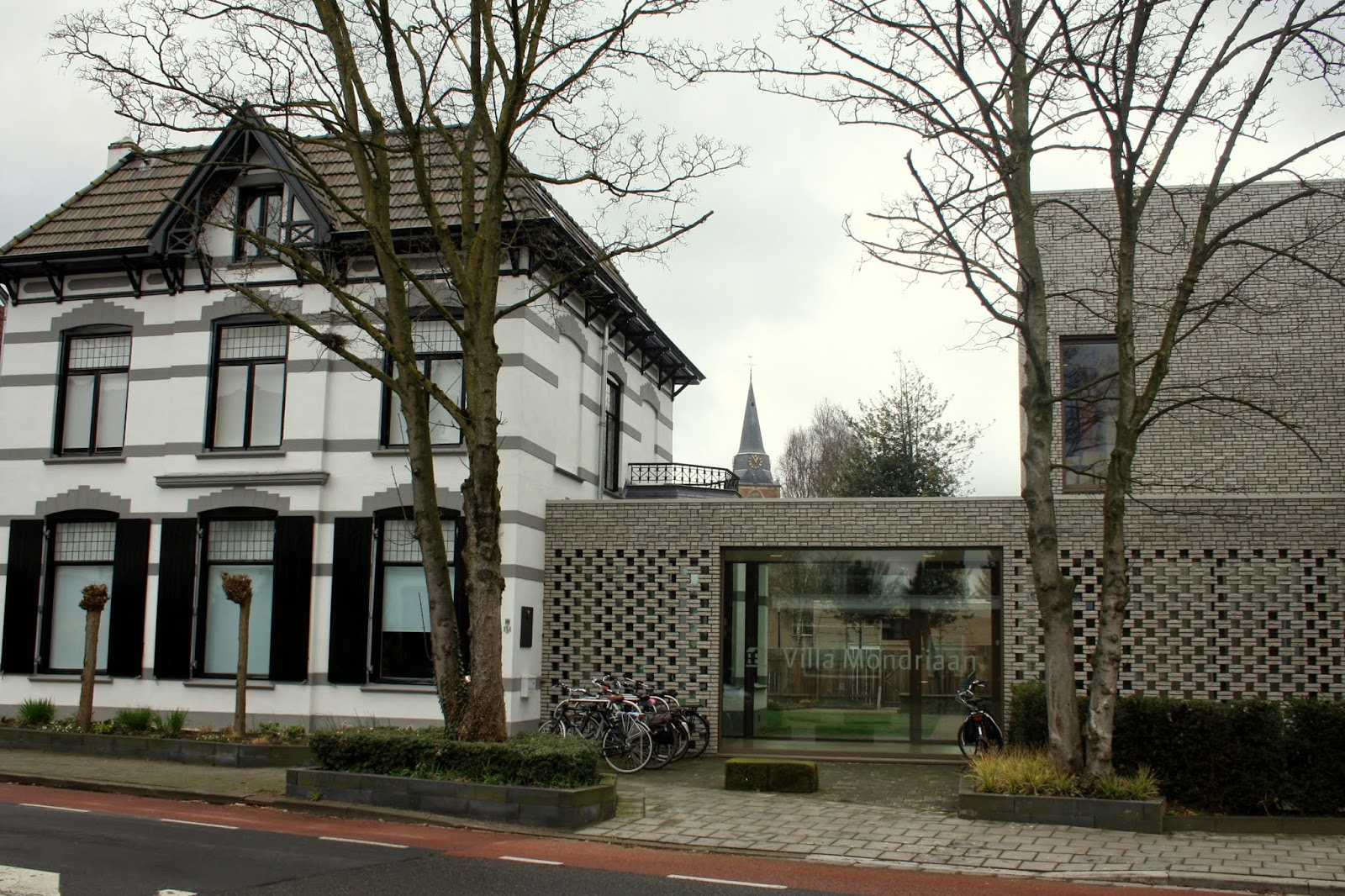Year 2012
Language English
Publisher Van Zoetendaal Publishers, Amsterdam
Designer Willem van Zoetendaal
Prepress Harold Strak (digital imaging), NPN Drukkers, Breda
Printer NPN Drukkers, Breda
Binder Agia & Lith, Amsterdam
Size 220 x 280 x 11
Number of pages 128 p.
Print run 800
ISBN 978 90 72532 19 0
Binding style knotted in the Japanese style with double thread
Material 150gsm GardaPat 13 Kiara, 82gsm Curious Translucents Clear (interior), 244gsm Leathac 80 Tsumugi, grayish brown (cover)
Diana Scherer’s photo project comprises an unusual collection of flowers and their roots, roots that carry each bouquet like natural pots and vases and in so doing allow us to discern the remanent forms of the actual pots and vases in which they once grew.
The collection is presented with such sophistication and subtlety that leafing through this book we are swept up in a sense that here we are dealing with something very special. Beautifully done.
The book is bound in the Japanese style, in a sober, earth-coloured, structured board, a reference to rough earthenware flowerpots. The binding thread is reminiscent of the now visible finely structured roots.
The collection is presented with such sophistication and subtlety that leafing through this book we are swept up in a sense that here we are dealing with something very special. Beautifully done.
The book is bound in the Japanese style, in a sober, earth-coloured, structured board, a reference to rough earthenware flowerpots. The binding thread is reminiscent of the now visible finely structured roots.
This cover and its contrast with the delicate interior of the book found favour with most of the panel, but there was also some dissent, principally regarding the vertical bar with the title. Horizontal wouldn’t have worked, but was there actually any need for a title there in the first place? But a detail like that – even if it is on the cover – pales into insignificance in the presence of so many other more than convincing design choices.
With Nurture Studies, Scherer presents an archive of flowers she has grown from seed over a six-month period. Rather than letting the flowers grow in open soil, she has forced each plant to develop within the confines of a vase. Only at the end of the process does she remove the plant’s corset, exposing roots that retain their shape as an evocation of the now absent vase.
The floral portraits form a pendant to earlier photo series in which Scherer opted for much rawer imagery, things like young girls lying on the ground with their backs to the camera, collapsed like rag dolls, so that viewers almost automatically think of them as victims (Mädchen, 2002-2007). In Nurture Studies this confrontational imagery has made way for subtlety. Although the flowers, with their exposed roots, look just as fragile as the girls, Scherer avoids any semblance of drama, mainly by the objectivity of her photographic style, arranging the plants upright in the frame and photographing them with a technical camera. This approach is consistent with the orderly way collectors catalogue their objects.
Behind this objective methodology, there is a great deal of emotion at work. More than anything else, Scherer’s process of collecting, nurturing and documenting is a display of tenderness, ritualistic love that remains hidden to the viewer, but still infuses the vulnerable final images with its almost tangible presence.



























Geen opmerkingen:
Een reactie posten